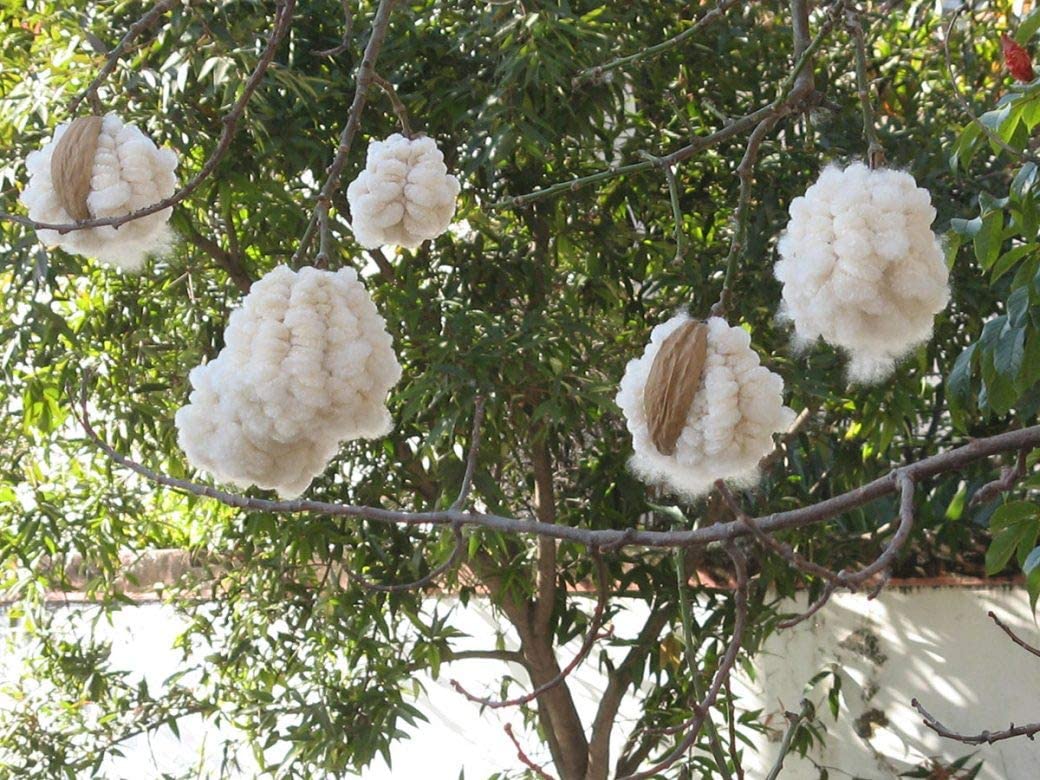Kapok, derived from the Ceiba pentandra tree, is a natural fiber with a rich history and a range of unique applications that are often overlooked. This article explores the diverse benefits of kapok, its uses, and its potential to make a significant impact in both traditional and modern industries.
What Is Kapok?
Kapok is a tropical tree native to Central and South America but is now cultivated in various parts of Southeast Asia. The kapok tree produces a fruit filled with soft, fluffy fibers surrounding its seeds. These fibers, known for their buoyancy and insulation properties, are typically used in a variety of products from traditional to cutting-edge applications.
Unique Benefits of Kapok
- Superior Insulation PropertiesKapok’s unique fiber structure makes it an excellent insulator. Whether used in bedding, pillows, or clothing, kapok’s natural air pockets trap heat, providing warmth without bulk. This makes kapok a popular choice for high-quality, lightweight insulation materials that offer comfort and efficiency.
- Eco-Friendly and SustainableKapok is a highly sustainable resource. The tree grows rapidly and doesn’t require pesticides or fertilizers, making it an environmentally friendly alternative to synthetic fibers. Additionally, kapok trees help improve soil health and reduce carbon dioxide levels, contributing positively to the ecosystem.
- Versatile Industrial ApplicationsBeyond traditional uses, kapok’s versatility extends to various industries. In automotive and construction, kapok fibers are used to create lightweight, durable composite materials. Its insulating properties are particularly useful in noise reduction panels and thermal barriers, enhancing both performance and comfort in these sectors.
- Health and Wellness BenefitsKapok fibers are also making waves in the health and wellness industry. The fiber’s natural resistance to dust mites and allergens makes it an ideal choice for hypoallergenic bedding and cushions. Moreover, kapok extracts are being explored for their potential anti-inflammatory and antioxidant properties in skincare products.
The Future of Kapok
Kapok’s potential is vast and largely untapped. Here are some areas where kapok could make a significant impact:
- Innovative Product Development: Researchers are exploring new ways to incorporate kapok into innovative products, from eco-friendly packaging materials to advanced medical devices.
- Sustainable Manufacturing Practices: As industries seek greener alternatives, kapok offers a sustainable option for reducing environmental footprints. Advances in processing techniques could further enhance its appeal.
- Expanded Market Applications: By broadening the scope of kapok applications, from construction to personal care, we can increase its market presence and showcase its benefits to a wider audience.
Conclusion
Kapok, though not as widely recognized as other natural fibers, offers numerous advantages that make it a valuable resource. From its excellent insulation properties to its eco-friendly nature and versatile applications, kapok holds promise for various industries and sectors. As research and development continue, kapok could emerge as a key player in the pursuit of sustainable and innovative solutions.
Exploring kapok’s potential helps us appreciate its value and consider how it can contribute to a more sustainable and efficient future
Source by: engkywanasuka

